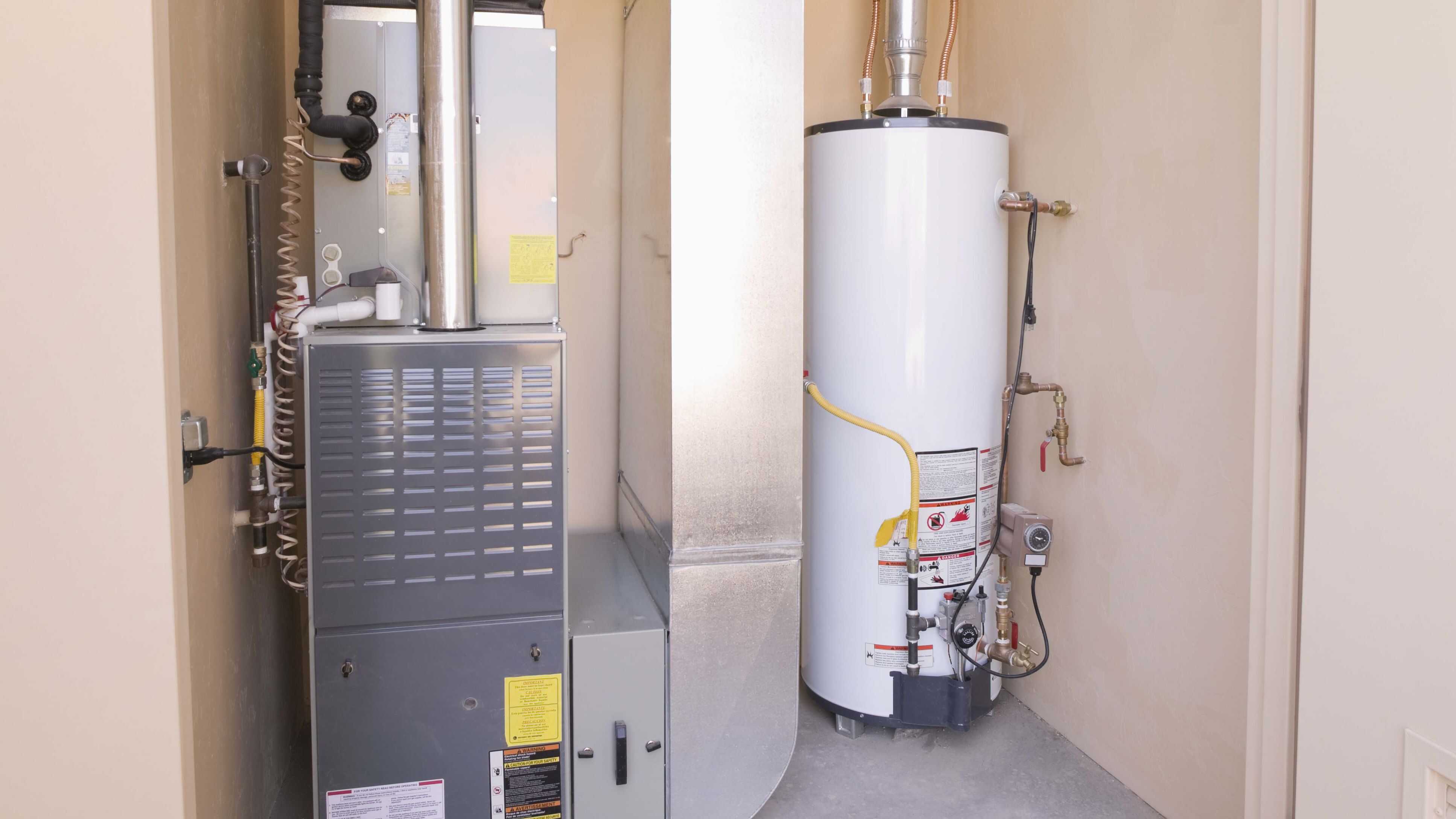

Articles
How Does An Electric Hot Water Heater Work
Modified: August 21, 2024
Discover how an electric hot water heater works in our informative articles. Explore the inner workings and benefits of this popular water heating option.
(Many of the links in this article redirect to a specific reviewed product. Your purchase of these products through affiliate links helps to generate commission for Storables.com, at no extra cost. Learn more)
Introduction
The electric hot water heater is a common household appliance that provides a continuous supply of hot water for various purposes such as bathing, cooking, and cleaning. It is an essential component of modern living, ensuring comfort and convenience in our daily routines. But have you ever wondered how an electric hot water heater works? In this article, we will explore the inner workings of this vital appliance and understand the key components and operations that enable it to deliver hot water on demand.
Before we delve into the technical details, let’s have a brief overview of the basic components that make up an electric hot water heater. These components work in harmony to provide hot water efficiently and safely.
Key Takeaways:
- Understanding the inner workings of an electric hot water heater, including the heating element, thermostat, and safety features, is crucial for ensuring efficient and safe operation, as well as a continuous supply of hot water for daily needs.
- Proper maintenance, such as regular inspections, cleaning, and flushing of the tank, is essential for optimizing the performance and longevity of an electric hot water heater. Additionally, adjusting the thermostat to an appropriate temperature and practicing water-saving habits can help conserve energy and reduce operating costs.
Read more: How Does A Gas Hot Water Heater Work
Components of an Electric Hot Water Heater
An electric hot water heater consists of several key components that work together to ensure the efficient and reliable supply of hot water when needed. Let’s take a closer look at each of these components:
- Heating Element: The heating element is responsible for heating the water inside the tank. It consists of one or more electric resistance coils that convert electrical energy into heat. These coils are made of high-resistance materials designed to withstand prolonged exposure to water and provide efficient heat transfer.
- Thermostat: The thermostat regulates the temperature of the water in the tank. It is equipped with a temperature sensor that detects the heat level and controls the heating element accordingly. When the water temperature drops below the desired level, the thermostat signals the heating element to activate and heat the water until the desired temperature is reached.
- Temperature and Pressure Relief Valve: This vital safety component prevents the pressure and temperature inside the tank from rising to dangerous levels. It automatically releases excess pressure and hot water to prevent a catastrophic failure or explosion. The valve is typically located on the top or side of the tank and is designed to open and discharge water if the pressure or temperature exceeds a certain threshold.
- Anode Rod: The anode rod, also known as a sacrificial anode, helps protect the tank from corrosion. It is usually made of a highly active metal, such as magnesium or aluminum, that attracts corrosive elements in the water. By sacrificing itself and corroding over time, the anode rod prevents the tank from rusting and extends the lifespan of the water heater.
- Dip Tube: The dip tube is a long pipe that extends from the top of the tank to the bottom. Its purpose is to deliver cold water from the inlet to the bottom of the tank, ensuring that the incoming cold water does not mix with the already heated water at the top. This helps maintain a constant supply of hot water when you turn on the faucet.
These components work hand in hand to ensure the proper functioning and efficiency of an electric hot water heater. The heating element heats the water, while the thermostat controls the temperature. The temperature and pressure relief valve ensures safety, and the anode rod protects the tank from corrosion. Lastly, the dip tube ensures the proper distribution of hot water throughout the tank.
Now that we have a better understanding of the key components, let’s explore how an electric hot water heater operates in more detail.
Heating Element
The heating element is a crucial component of an electric hot water heater that is responsible for heating the water inside the tank. It consists of one or more electric resistance coils that convert electrical energy into heat. These coils are made of high-resistance materials, such as nickel-chromium alloy or copper, which can withstand the high temperatures and corrosive environment inside the tank.
When electrical current flows through the heating element, it encounters resistance, causing the element to heat up. This heat is then transferred to the surrounding water, gradually raising its temperature. The heating element is generally located at the bottom of the tank for efficient heat distribution.
The wattage and size of the heating element determine its heating capacity. Higher wattage elements generate more heat, enabling faster heating of the water. This is particularly useful when the demand for hot water is high, such as during peak usage periods in households or commercial establishments.
The heating element is controlled by the thermostat, which constantly monitors the water temperature inside the tank. When the thermostat senses that the water temperature has dropped below the desired level, it sends a signal to the heating element to activate and start heating the water again.
It is important to note that the heating element requires adequate insulation to prevent heat loss and improve energy efficiency. Many modern electric hot water heaters are equipped with a layer of insulation around the tank, as well as additional insulation on the heating element itself. This insulation helps to minimize heat dissipation and maintain the desired water temperature for longer periods, reducing energy consumption and ensuring a constant supply of hot water.
In some cases, the heating element may accumulate sediments and mineral deposits over time, particularly in areas with hard water. These deposits can reduce the efficiency of the heating element and lead to decreased performance of the water heater. Regular maintenance, such as flushing the tank and inspecting/cleaning the heating element, can help prolong its lifespan and optimize its performance.
The heating element is a vital component that plays a key role in providing hot water on demand. Its efficient operation ensures that you have a steady supply of hot water for your daily needs, whether it’s for showering, washing dishes, or doing laundry.
Now that we understand the heating element’s function, let’s explore the thermostat and its role in controlling the water temperature in an electric hot water heater.
Thermostat
The thermostat is a critical component of an electric hot water heater that regulates the temperature of the water inside the tank. It ensures that the water remains at the desired temperature for immediate use, whether it’s for taking a hot shower or washing dishes.
The thermostat is equipped with a temperature sensor that detects the heat level inside the tank. When the sensor senses that the water temperature has dropped below the set point, it triggers the thermostat to activate the heating element. The heating element then starts generating heat and gradually raises the water temperature until it reaches the desired level.
Most electric hot water heaters have an adjustable thermostat that allows you to select the desired water temperature. The temperature range can typically be set between 90 to 150 degrees Fahrenheit (32 to 66 degrees Celsius). It’s important to note that the recommended temperature for domestic hot water is around 120 degrees Fahrenheit (49 degrees Celsius) to prevent scalding and conserve energy.
Advanced thermostats may also have additional features such as digital displays, programmable timers, and energy-saving settings. These features provide more control over the water temperature and allow you to customize the heating schedule based on your specific needs and preferences.
To ensure accurate temperature control, the thermostat is usually located near the middle of the tank, away from the heating element. This positioning helps to measure the average temperature of the water rather than just the temperature near the heating source. It provides a more accurate reading and enables the heating element to operate more efficiently.
In addition to controlling the heating element, the thermostat also serves as a safety component. It has a built-in high-limit switch that shuts off the heating element if the water temperature exceeds a certain limit. This prevents the water from reaching dangerously high temperatures and reduces the risk of scalding or tank damage.
Regular maintenance and calibration of the thermostat are essential to ensure accurate temperature control and optimal performance of the electric hot water heater. Over time, the thermostat may become less responsive or lose its calibration, leading to inaccuracies in temperature sensing. Periodic checks and adjustments by a qualified professional can help maintain the efficiency and reliability of the water heater.
With the thermostat’s role in maintaining the water temperature, let’s move on to the next crucial component: the temperature and pressure relief valve.
Temperature and Pressure Relief Valve
The temperature and pressure relief valve (T&P valve) is a vital safety component of an electric hot water heater. Its primary function is to protect the tank from exploding or experiencing a dangerous increase in pressure or temperature.
The T&P valve is typically located on the top or side of the water heater and consists of a valve mechanism and a sensing element. The sensing element is a combination of a temperature sensor and a pressure sensor that constantly monitors the conditions inside the tank.
If the temperature or pressure inside the tank exceeds safe limits, the T&P valve automatically opens to release excess pressure and water. This prevents a potential catastrophic failure and safeguards the integrity of the water heater. The released water may flow through a discharge pipe and be directed to a floor drain or an outside area to prevent water damage.
The T&P valve has a set pressure and temperature rating, which indicates the point at which it will activate and release pressure and water. The typical pressure rating is around 150 psi (pounds per square inch), and the temperature rating is usually set at 210 degrees Fahrenheit (99 degrees Celsius).
It’s important to ensure that the T&P valve is in good working condition and properly installed. Regular inspection and testing of the valve are necessary to verify its functionality. Some manufacturers recommend testing the valve once a year to ensure its reliability. If the T&P valve is faulty or does not work properly, it should be replaced immediately to ensure the safety of the water heater and the surrounding area.
It’s worth noting that the T&P valve is not designed to be used as a regular means of releasing excess pressure or temperature from the water heater. If you notice frequent activation of the T&P valve, it may indicate an underlying problem with the water heater system and should be investigated by a professional plumber.
Understanding the purpose and importance of the temperature and pressure relief valve helps to ensure the safe operation of an electric hot water heater. Next, let’s explore the role of the anode rod in preventing tank corrosion.
Read more: How To Turn On Electric Hot Water Heater
Anode Rod
The anode rod, also known as a sacrificial anode, is a crucial component of an electric hot water heater that helps protect the tank from corrosion. It is made of a highly active metal, such as magnesium or aluminum, that attracts corrosive elements present in the water.
Corrosion can occur when there is a reaction between the water and the metal tank. The anode rod sacrifices itself by corroding instead of the tank, preventing rust and extending the lifespan of the water heater.
The anode rod is typically installed at the top of the tank and is connected to a metal core wire that runs through the center of the tank. As the tank is filled with water, the anode rod attracts corrosive elements, such as minerals and sediments, which build upon its surface.
Over time, the anode rod will corrode completely, and it will need to be replaced. The frequency of replacement depends on several factors, including the water quality, usage, and the type of anode rod. In general, it is recommended to inspect the anode rod every two to three years and replace it if it is more than 50% corroded.
Replacing the anode rod is a relatively straightforward process. However, it is recommended to seek the assistance of a professional plumber to ensure proper installation and to avoid any potential damage to the tank or other components.
Regular maintenance of the anode rod is crucial to prevent tank corrosion and prolong the lifespan of the water heater. Neglecting to inspect and replace the anode rod can result in significant damage to the tank and may lead to costly repairs or the need for a complete replacement of the water heater.
With the anode rod’s role in preventing tank corrosion, let’s move on to the dip tube and its function in distributing hot water.
Dip Tube
The dip tube is an essential component of an electric hot water heater that plays a crucial role in ensuring the proper distribution of hot water throughout the tank. It is a long, narrow tube that extends from the top of the tank to the bottom.
The primary function of the dip tube is to deliver cold water from the inlet into the bottom of the tank. By doing so, it ensures that the incoming cold water does not mix with the already heated water at the top of the tank. This separation of hot and cold water allows for a continuous supply of hot water when you turn on the faucet.
When you open a hot water tap, it triggers a drop in pressure inside the tank. This drop in pressure causes the colder water at the bottom of the tank to be pushed up through the dip tube and towards the hot water outlet at the top. Meanwhile, the heated water remains at the top of the tank, ready for immediate use.
By delivering the cold water to the bottom, the dip tube ensures that the entire volume of water inside the tank is utilized efficiently. This means that you have access to a continuous supply of hot water until the tank is depleted. Without the dip tube, the cold water would mix with the hot water, leading to a lower overall temperature and a reduced amount of available hot water.
The dip tube is typically made of durable materials, such as plastic or copper, to withstand the high temperatures and corrosive environment inside the tank. Over time, mineral deposits or sediments may accumulate on the surface of the dip tube, reducing its efficiency. Regular maintenance, including flushing the tank and inspecting/cleaning the dip tube, can help prevent any blockages and ensure optimal performance.
In case you notice a significant decrease in hot water output or are experiencing issues with the distribution of hot water, it is advisable to check the dip tube for any signs of damage or obstruction. If necessary, consult a professional plumber to inspect and replace the dip tube to restore the proper functioning of your electric hot water heater.
Now that we have explored the key components of an electric hot water heater, let’s move on to understanding the operational aspects of this appliance.
Regular maintenance of an electric hot water heater, such as flushing the tank and checking the heating elements, can help improve its efficiency and extend its lifespan.
Operation of an Electric Hot Water Heater
The operation of an electric hot water heater involves a series of steps that allow for the efficient heating and distribution of hot water. Let’s take a closer look at how an electric hot water heater works:
- Filling the Tank: The first step in the operation is to fill the tank with cold water. The cold water enters the tank through an inlet pipe, usually located on the side of the water heater. The dip tube mentioned earlier ensures that the cold water is delivered to the bottom of the tank.
- Heating the Water: Once the tank is filled with cold water, the electric heating element is activated. The thermostat monitors the water temperature and signals the heating element to produce heat if the temperature drops below the desired level. The heating element, located at the bottom of the tank, converts electrical energy into heat, gradually raising the temperature of the water.
- Maintaining Temperature: As the water heats up, the thermostat continuously monitors the temperature and signals the heating element to activate or deactivate as needed. This process ensures that the water remains at the desired temperature for immediate use. The insulation surrounding the tank helps minimize heat loss, allowing the water heater to maintain a consistent temperature over an extended period.
- Distribution of Hot Water: When a hot water tap is opened, the pressure inside the tank drops, triggering the flow of hot water. The hot water is drawn from the top of the tank and delivered to the faucet through a dedicated hot water outlet. Simultaneously, cold water enters the tank through the dip tube, replenishing the supply of hot water.
- Recovery Time: If the demand for hot water exceeds the heating capacity of the electric hot water heater, it may take some time to recover and bring the water temperature back to the desired level. This is known as the recovery time and varies depending on the size and wattage of the heating element. A larger heating element and a larger tank will generally have a shorter recovery time.
It’s essential to note that the operation of an electric hot water heater can be influenced by various factors, including the size and capacity of the tank, the efficiency of the heating element, the insulation of the tank, and the temperature settings. Understanding how these components work together helps ensure optimal performance and energy efficiency of the water heater.
With a thorough understanding of the operation of an electric hot water heater, we can conclude by emphasizing the importance of regular maintenance and proper usage. By practicing good maintenance habits and using hot water wisely, you can extend the lifespan of your electric hot water heater and enjoy a continuous supply of hot water for your daily needs.
Filling the Tank
The first step in the operation of an electric hot water heater is filling the tank with cold water. This process ensures that there is an ample supply of water available for heating and distribution. Let’s delve into the details of filling the tank:
When you initially install or turn on your electric hot water heater, the tank is empty. The cold water enters the tank through an inlet pipe, usually located on the side of the water heater. The inlet pipe is connected to the main water supply of your home or building.
As the cold water enters the tank, it is guided by the dip tube, which ensures that the water is delivered to the bottom of the tank. The dip tube is a long, narrow pipe that extends from the top of the tank to the bottom. By delivering the cold water to the bottom, the dip tube helps separate it from the already heated water at the top.
The flow of the cold water is regulated by a shut-off valve, which allows you to control the water supply to the tank. It is important to ensure that the shut-off valve is fully open to allow for a continuous flow of water to fill the tank.
As the tank fills with cold water, it displaces the existing air inside the tank through a vent or air vent pipe. This prevents the buildup of air pockets inside the tank and allows for a more efficient heating process.
It is important to note that during the filling process, it may take a few minutes for the tank to reach its full capacity. The time required depends on the size of the tank and the water pressure in your area. Once the tank is filled, the electric hot water heater is ready to begin the heating process.
If you install a new hot water heater or drain and refill the tank for any reason, it is recommended to flush the tank before initial use. Flushing the tank helps remove any debris or sediment that may have accumulated during installation or transportation. This can help maintain the efficiency and longevity of your electric hot water heater.
Filling the tank is a crucial step in the operation of an electric hot water heater. It ensures that there is a sufficient supply of cold water for heating and distribution. By understanding this process, you can ensure proper functioning and optimal performance of your electric hot water heater.
Now that we have covered the filling process, let’s move on to heating the water inside the tank.
Read more: How Does Heat Pump Water Heater Work
Heating the Water
Once the tank of an electric hot water heater is filled with cold water, the next step in the operation is to heat the water to the desired temperature. The heating process is facilitated by the heating element, a key component responsible for converting electrical energy into heat. Let’s explore how the water is heated in an electric hot water heater:
Located at the bottom of the tank, the heating element consists of one or more electric resistance coils. When electrical current flows through the heating element, it encounters resistance, which generates heat. The heating element is made of high-resistance materials capable of withstanding the corrosive and high-temperature environment inside the tank.
Once the thermostat detects that the water temperature has dropped below the set point, it sends a signal to activate the heating element. The thermostat continuously monitors the water temperature and ensures that it remains at the desired level for immediate use.
As the heating element begins to generate heat, it transfers that heat directly to the water surrounding it. The heat gradually raises the temperature of the water, providing a continuous supply of hot water. The heating element is designed to distribute heat evenly throughout the tank, ensuring consistent water temperature.
Most electric hot water heaters have an adjustable thermostat, allowing users to set their desired water temperature. The temperature range typically varies from 90 to 150 degrees Fahrenheit (32 to 66 degrees Celsius). It’s important to note that the recommended temperature for domestic hot water is around 120 degrees Fahrenheit (49 degrees Celsius) to prevent scalding and conserve energy.
The wattage and size of the heating element determine its heating capacity. Higher wattage elements produce more heat, enabling faster heating of the water. This is particularly useful during times of high demand, such as when multiple faucets are in use simultaneously.
Proper insulation is crucial for reducing heat loss during the heating process. Electric hot water heaters are typically equipped with insulation layers around the tank, as well as additional insulation on the heating element itself. This insulation helps to retain the heat and maintain the desired water temperature, improving energy efficiency and reducing operating costs.
Over time, sediment and mineral deposits can accumulate on the surface of the heating element, decreasing its efficiency. Regular maintenance, such as flushing the tank and inspecting/cleaning the heating element, can help prevent this buildup and optimize the performance of the water heater.
By efficiently heating the water within the tank, the heating element ensures a constant supply of hot water for various household needs. With the water now heated, the next step is to maintain the desired temperature for immediate use.
Now that we understand the heating process of an electric hot water heater, let’s explore how the thermostat helps in maintaining the water temperature.
Maintaining Temperature
After the water in an electric hot water heater has been heated to the desired temperature, the next step in the operation is to maintain that temperature for immediate use. This task falls to the thermostat, an essential component that ensures the water remains consistently hot. Let’s explore how the thermostat helps in maintaining the water temperature:
The thermostat in an electric hot water heater constantly monitors the temperature of the water inside the tank. It is equipped with a temperature sensor that detects any fluctuations in the water temperature. If the sensor determines that the water temperature has dropped below the set point, the thermostat will activate the heating element to reheat the water.
By regulating the heating element in response to temperature changes, the thermostat plays a vital role in maintaining the desired water temperature. Once the heating element is activated, it generates heat and transfers it to the surrounding water. Gradually, the temperature of the water rises again, and when it reaches the desired level, the thermostat sends a signal to deactivate the heating element.
This continuous monitoring and control of the heating element by the thermostat ensure that the water temperature remains consistent. This allows for a steady supply of hot water whenever it is needed, whether for showering, cooking, or cleaning.
Many electric hot water heaters offer an adjustable thermostat, allowing users to set the desired water temperature. The recommended temperature for domestic hot water is usually around 120 degrees Fahrenheit (49 degrees Celsius). However, it’s important to consider personal preferences and any specific requirements for certain applications. Adjusting the thermostat within the recommended range can help balance the need for hot water with energy efficiency and safety.
Maintaining the desired water temperature also involves insulating the tank to minimize heat loss. Electric hot water heaters are typically equipped with insulation layers around the tank, which helps retain the heat generated by the heating element. This insulation ensures that the water remains hot for longer periods, reducing energy consumption and allowing for consistent temperature maintenance.
It’s worth noting that during periods of low water usage, the heating element may cycle on and off to maintain the water temperature. This intermittent operation improves energy efficiency by only heating the water when necessary.
Regular maintenance, such as checking the thermostat’s calibration and accuracy, is essential to ensure accurate temperature control and efficient operation of the electric hot water heater. If you suspect any issues with the thermostat, it is advisable to consult a professional plumber for inspection and necessary adjustments or replacements.
With the thermostat’s assistance in maintaining the desired water temperature, the next step is to distribute the hot water to the various faucets and outlets throughout the household.
Now let’s explore the distribution of hot water in an electric hot water heater.
Distribution of Hot Water
Once the water in an electric hot water heater has been heated and maintained at the desired temperature, the next step in the operation is the distribution of the hot water to the various faucets and outlets in your home. Let’s take a closer look at how the distribution process works:
When you turn on a hot water faucet or shower, it triggers a drop in pressure within the hot water supply lines. This drop in pressure activates the flow of hot water from the top of the tank towards the outlet. The heated water is drawn from the upper portion of the tank, where it has been stored at the desired temperature.
The distribution system of an electric hot water heater allows for a continuous supply of hot water. The incoming cold water, delivered through the dip tube, enters at the bottom of the tank. As hot water is drawn from the top, the dip tube ensures that there is a separation between the incoming cold water and the already heated water, preventing any mixing and preserving the supply of hot water.
The hot water travels from the tank to the faucets or outlets through dedicated hot water supply lines. These supply lines are connected to the hot water outlet port of the tank and direct the flow of hot water to the desired locations.
Throughout the distribution process, it’s important to have well-insulated hot water supply lines to minimize heat loss. Insulation helps to maintain the temperature of the hot water as it travels from the tank to the faucet. This ensures that the hot water reaches the intended location at the desired temperature, improving energy efficiency and reducing waiting time for hot water at the tap.
As you use hot water at various fixtures and outlets, the tank will automatically refill with cold water. The cold water enters the tank through the dip tube, displaces the used hot water, and is heated again to maintain a continuous supply of hot water whenever it is needed.
It’s important to note that the distribution capability of an electric hot water heater is dependent on the size and capacity of the tank. A larger tank with a higher heating capacity can handle a greater demand for hot water and provide more simultaneous usage without a significant drop in temperature or pressure.
Properly maintaining the hot water distribution system is crucial to ensure optimal performance and efficiency. This includes periodic checks for any leaks or issues in the supply lines and taking appropriate actions to resolve them promptly. Additionally, flushing the tank regularly can help remove any accumulated sediment or mineral deposits that may affect the distribution of hot water.
By understanding the distribution process, you can ensure a reliable supply of hot water to meet your daily needs, whether it’s for bathing, cleaning, or other household tasks.
Now that we have covered the distribution aspect, let’s summarize the key points and conclude our exploration of electric hot water heater operation.
Conclusion
Electric hot water heaters are vital appliances that provide a constant supply of hot water for various daily activities. Understanding their operation and key components can help us appreciate the convenience and comfort they bring to our lives.
In this article, we explored the components of an electric hot water heater, including the heating element, thermostat, temperature and pressure relief valve, anode rod, and dip tube. Each component plays a crucial role in ensuring the efficient and safe operation of the water heater.
We learned that the heating element is responsible for heating the water, converting electrical energy into heat, while the thermostat continuously monitors and controls the water temperature to maintain the desired level. The temperature and pressure relief valve provides a critical safety feature by releasing excess pressure and hot water, protecting the tank from potential explosions or damage. The anode rod sacrifices itself to prevent tank corrosion, and the dip tube ensures proper distribution of hot water throughout the tank.
By exploring the operational aspects, we discovered that the water heater fills the tank with cold water, heats it using the heating element, and maintains the desired temperature for immediate use. The distribution system then delivers the hot water to various faucets and outlets, providing a continuous supply as needed.
Proper maintenance, including regular inspections, cleaning, and flushing of the tank, is crucial for optimal performance and longevity. Additionally, adjusting the thermostat to an appropriate temperature and practicing water-saving habits can help conserve energy and reduce operating costs.
As we conclude our exploration, it’s important to remember that electric hot water heaters are complex appliances that require professional installation and maintenance. If you encounter any issues or suspect a problem, it’s recommended to seek the assistance of a qualified plumber or technician.
We hope this article has provided you with valuable insights into the inner workings and operation of electric hot water heaters. By understanding these components and processes, you can make informed decisions about your water heating needs and ensure a reliable supply of hot water for your daily activities.
Now go forth and enjoy the comfort and convenience of hot water on demand!
Frequently Asked Questions about How Does An Electric Hot Water Heater Work
Was this page helpful?
At Storables.com, we guarantee accurate and reliable information. Our content, validated by Expert Board Contributors, is crafted following stringent Editorial Policies. We're committed to providing you with well-researched, expert-backed insights for all your informational needs.
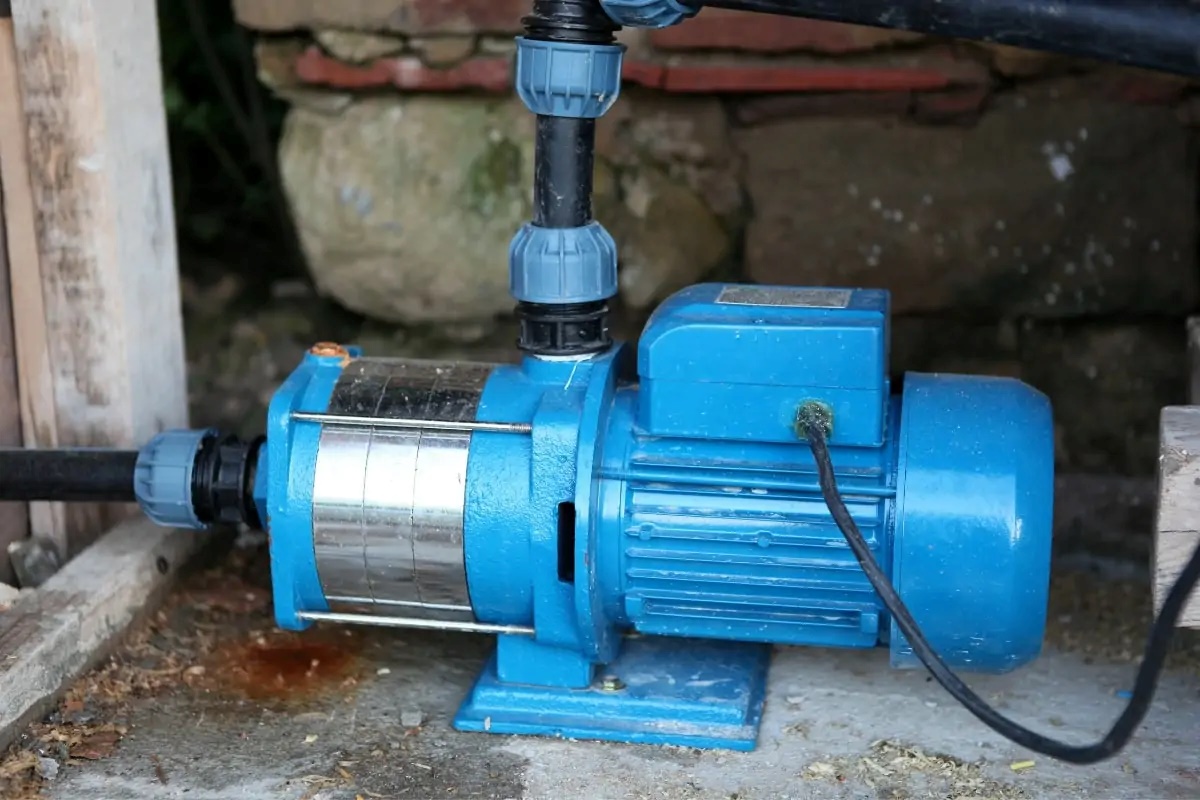
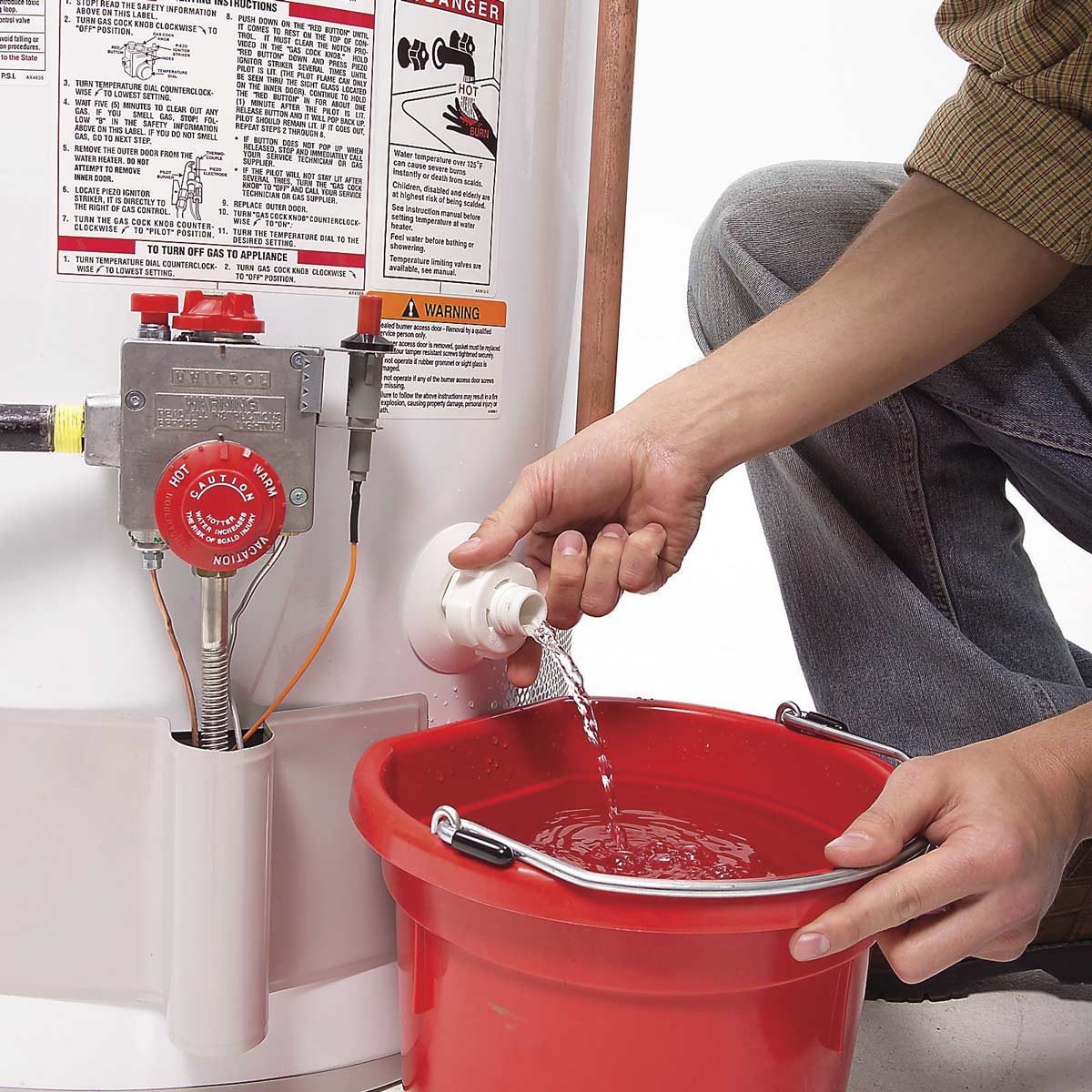
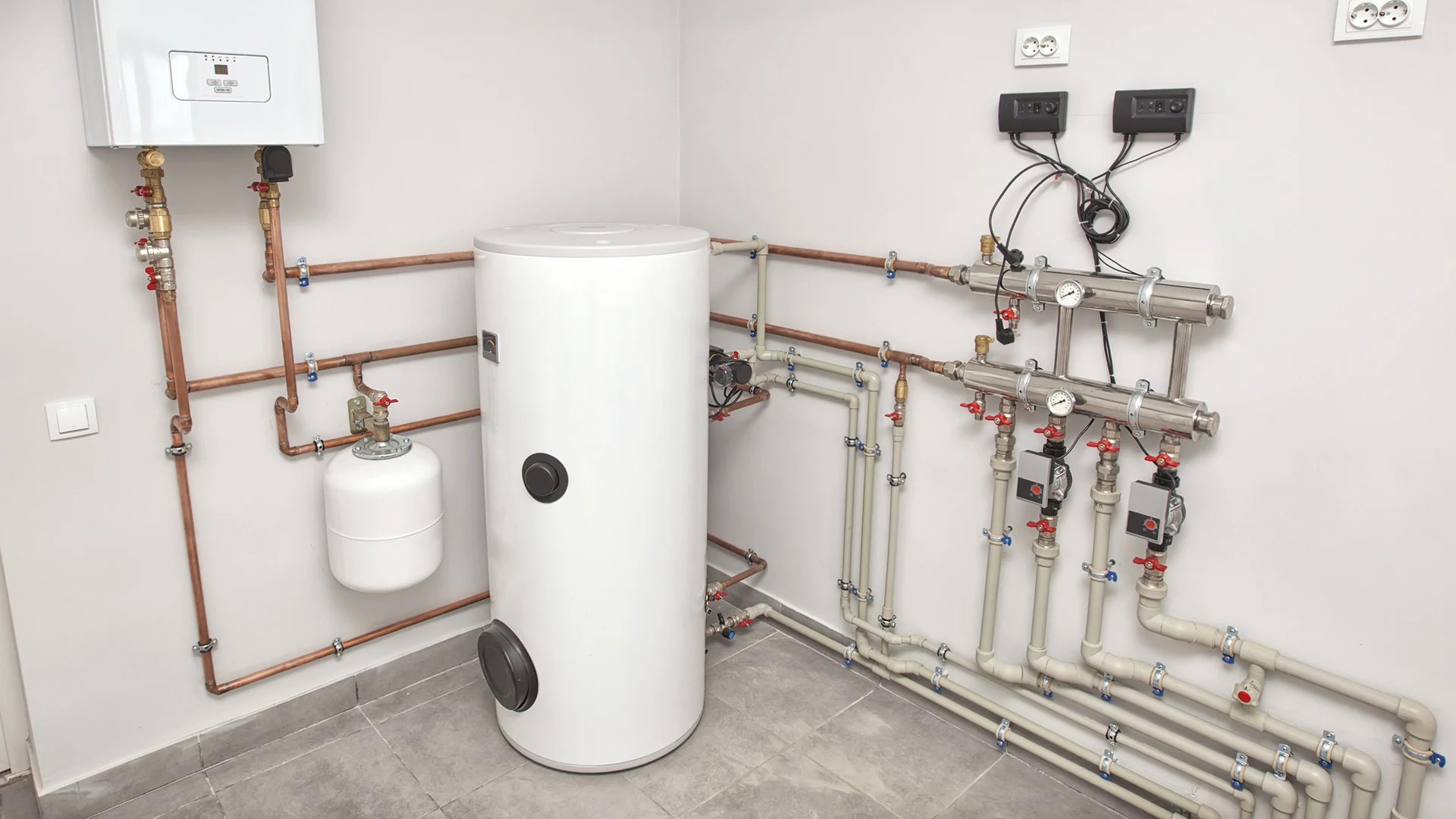
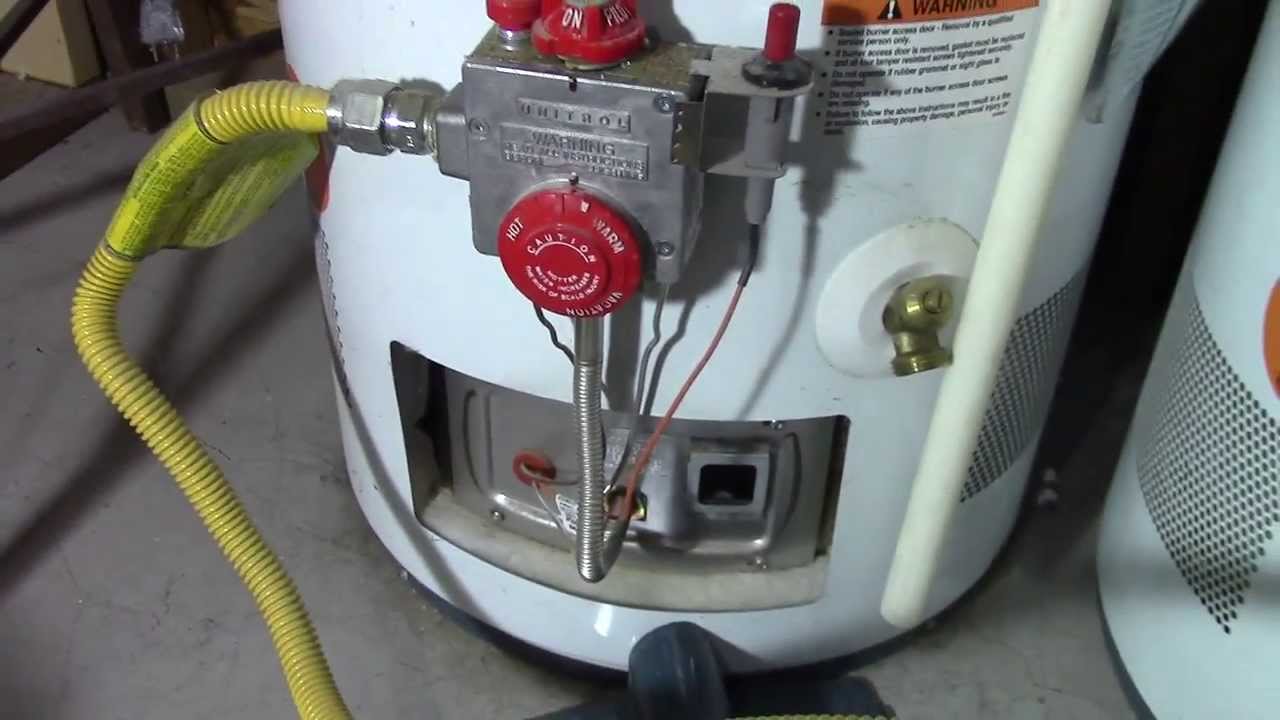
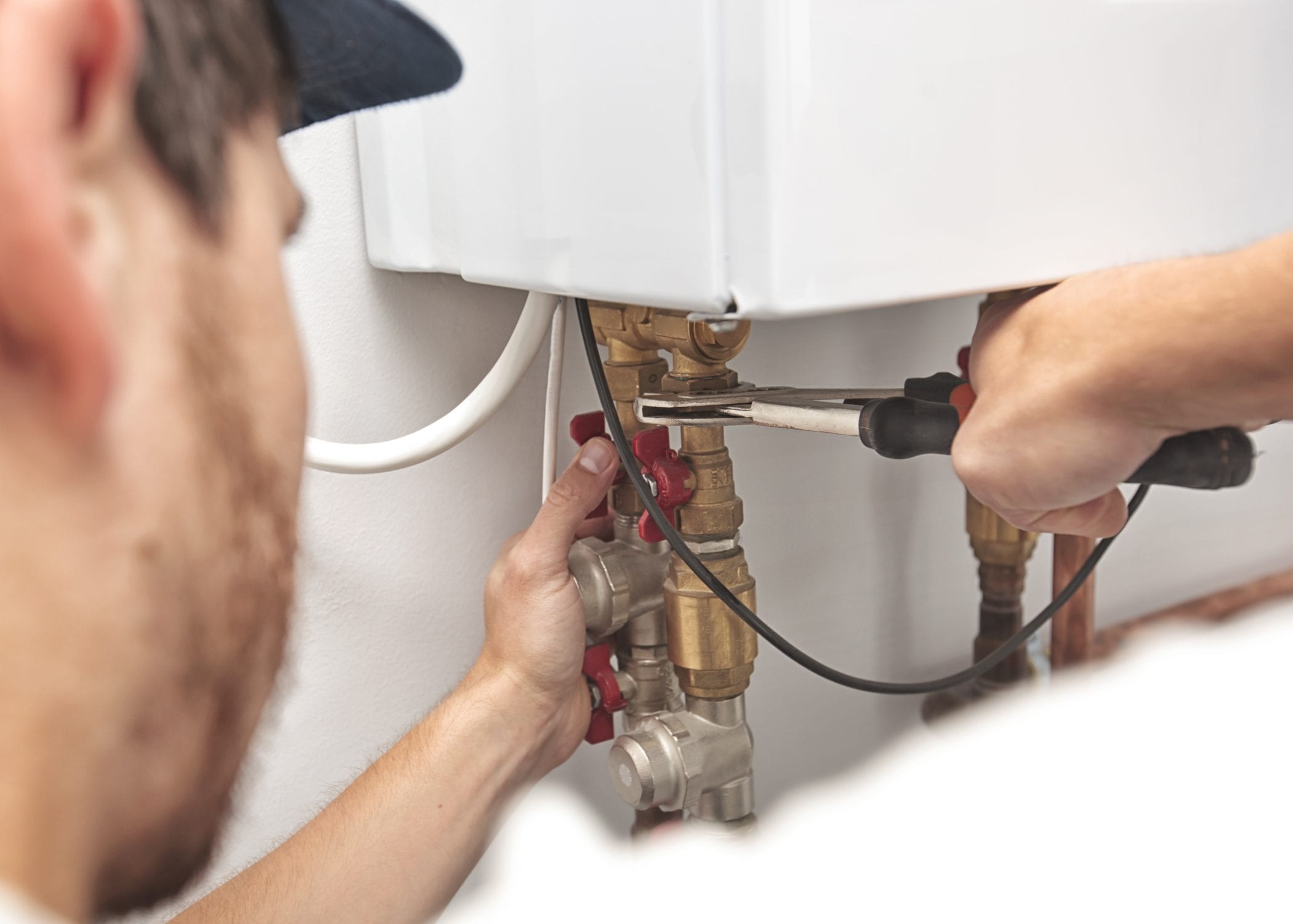
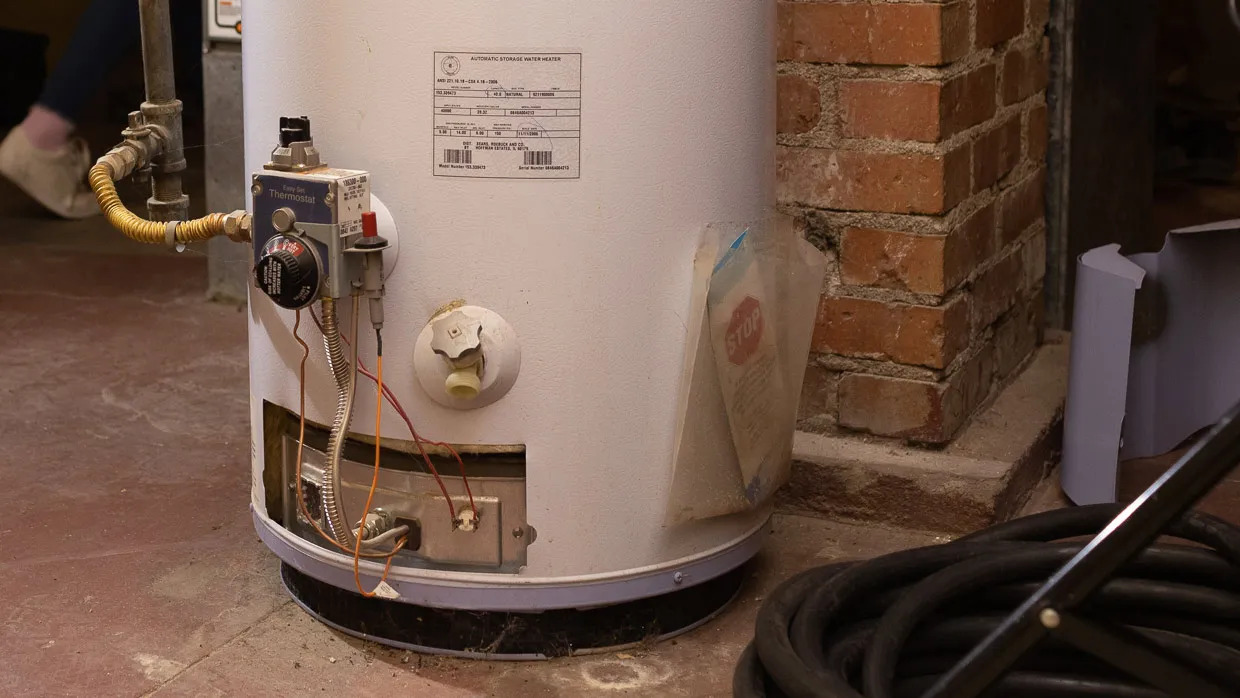
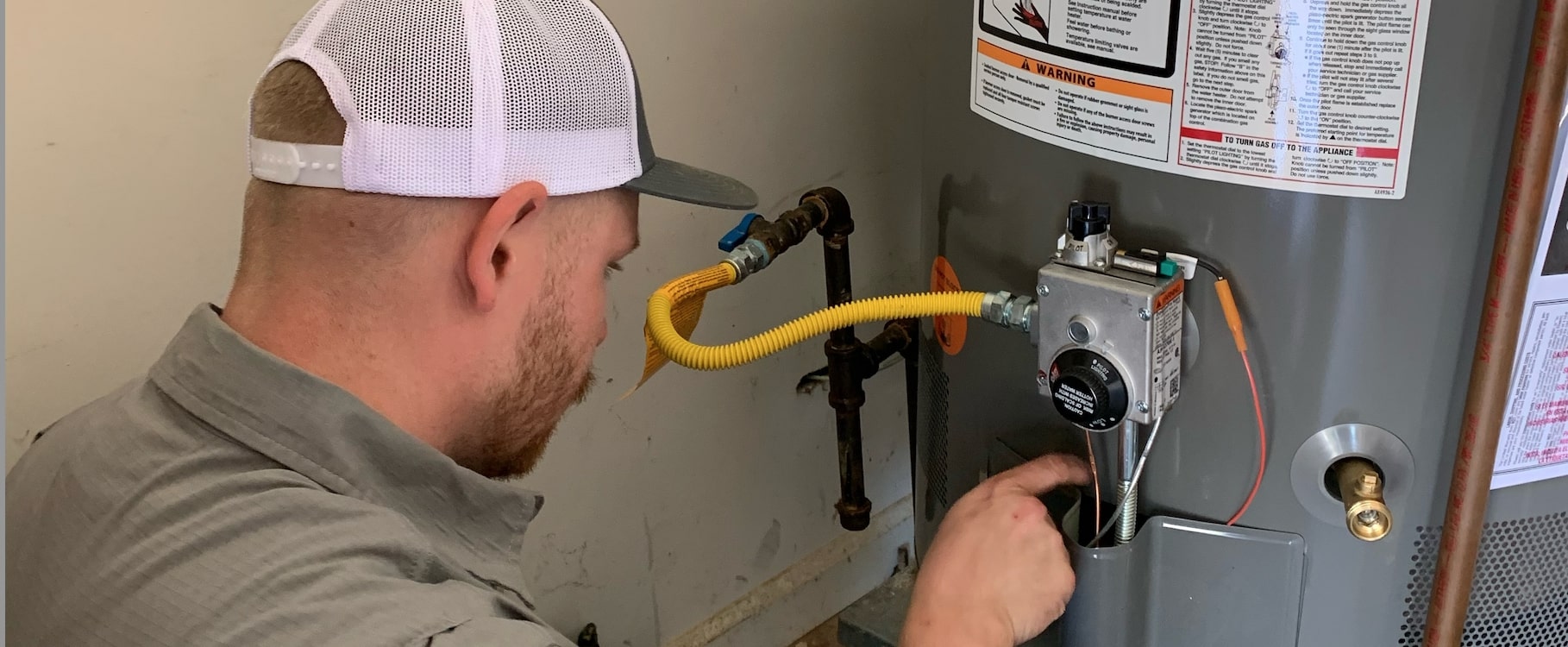
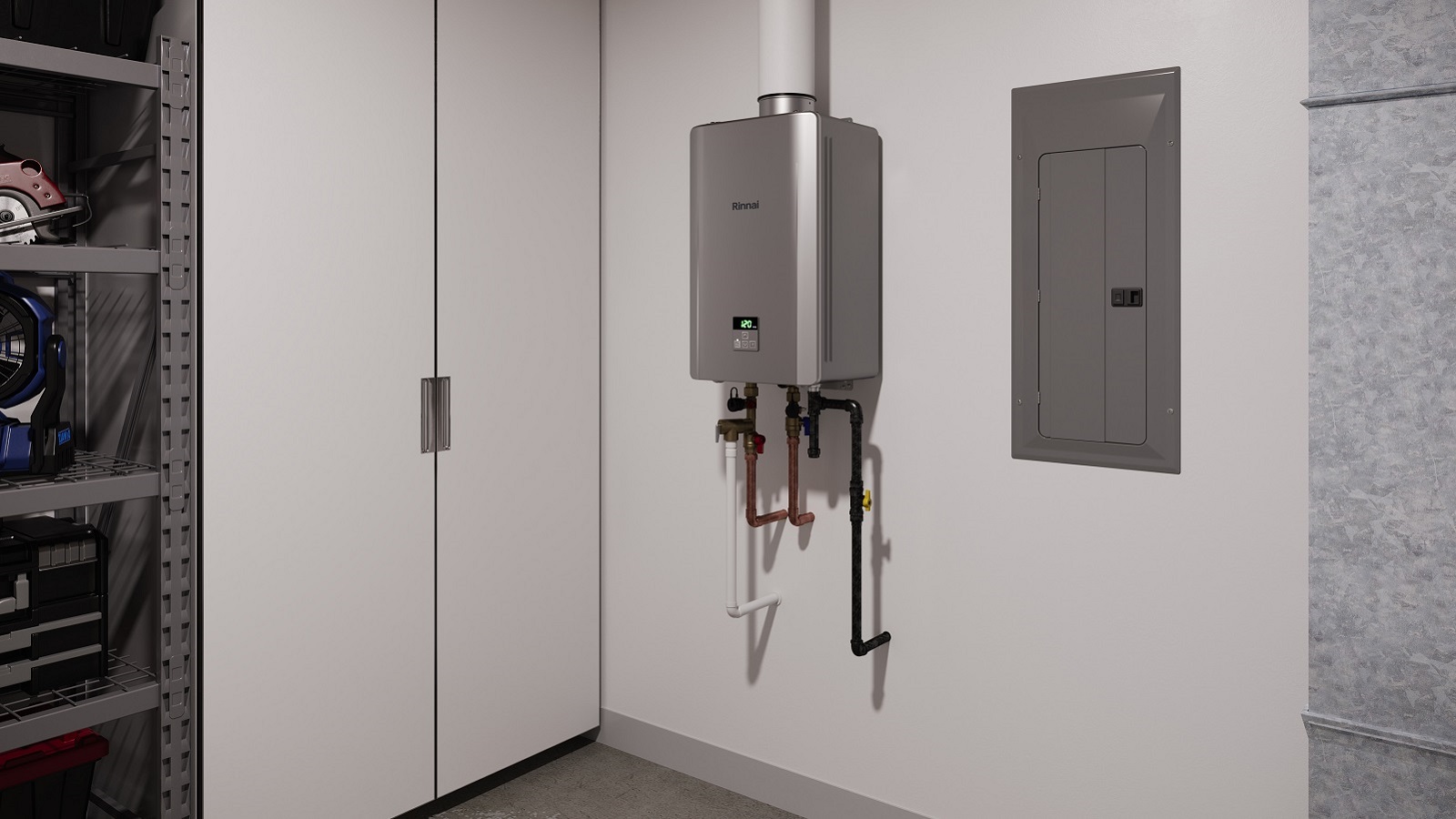

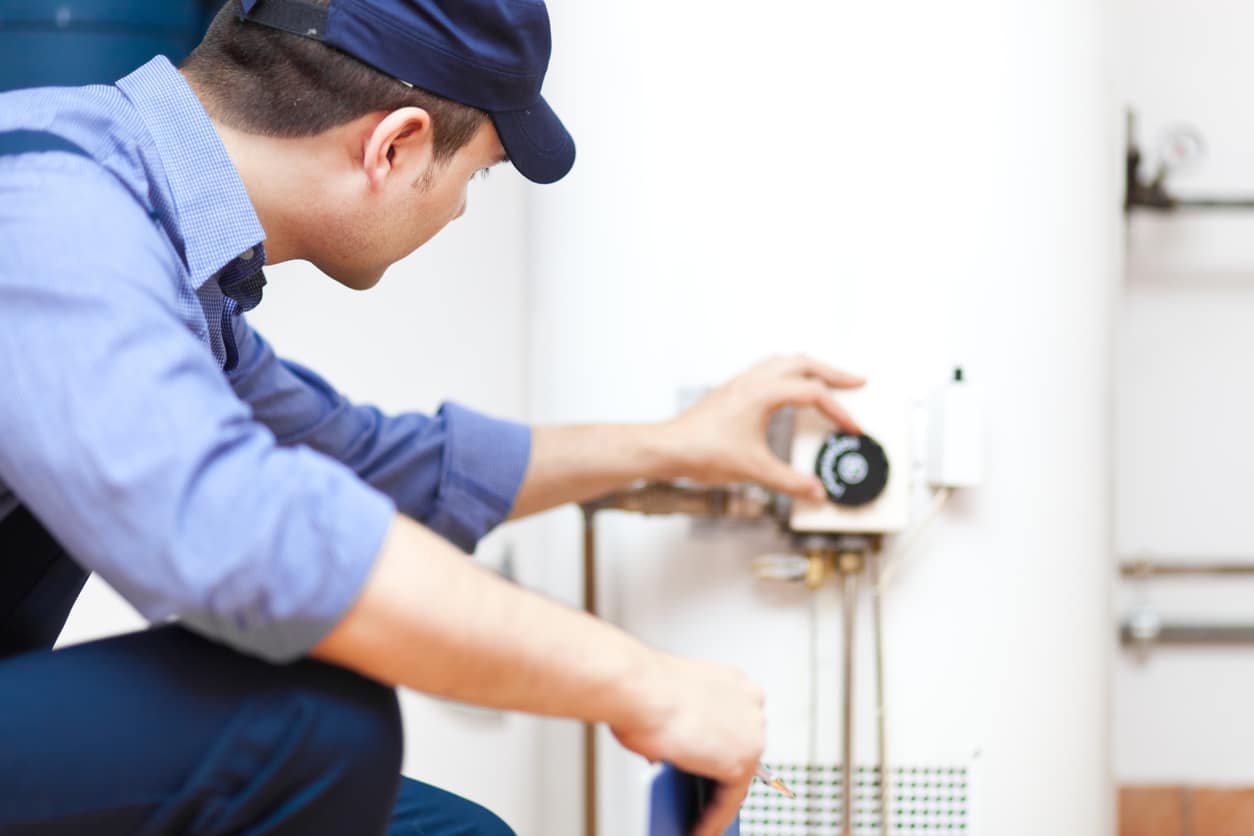
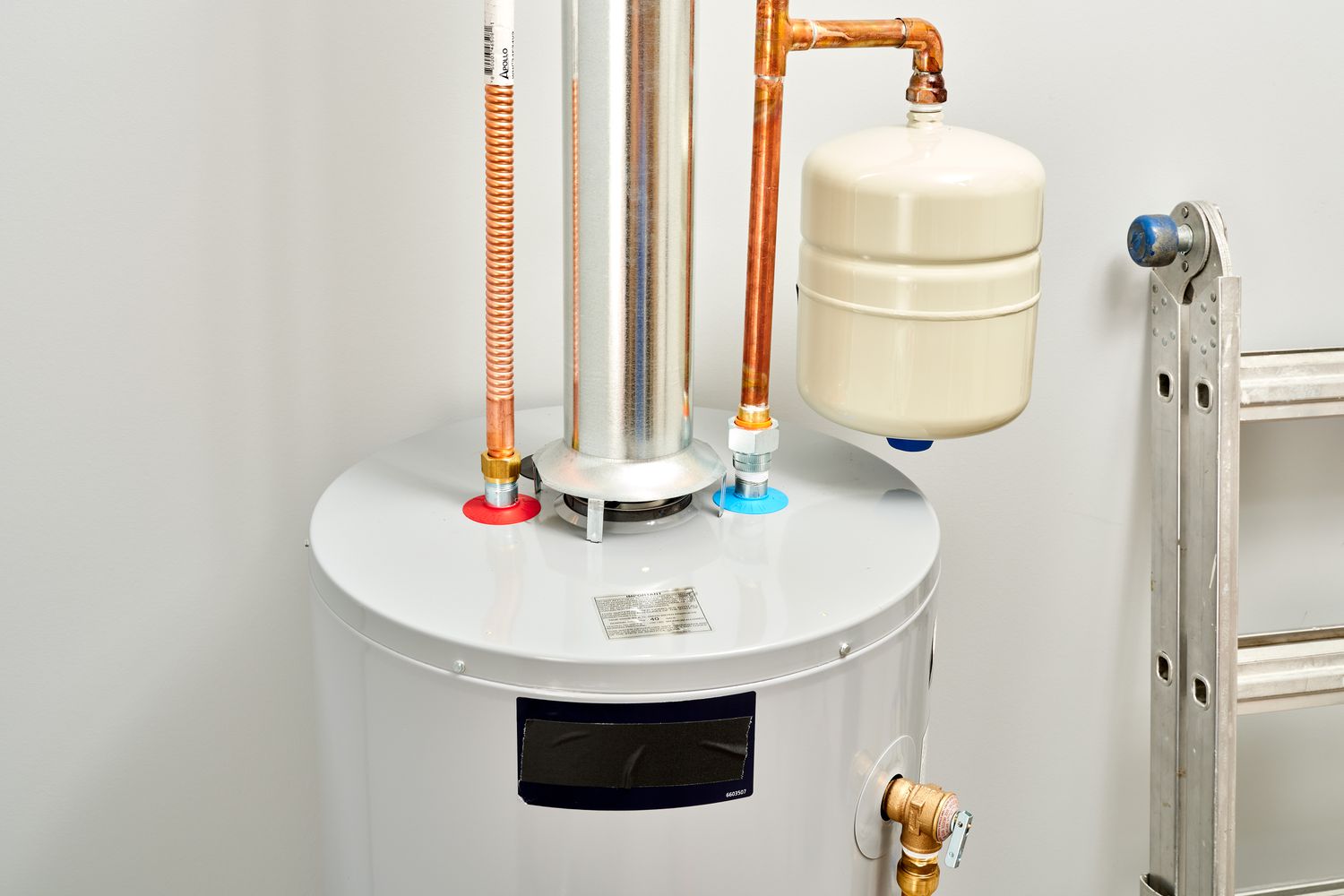
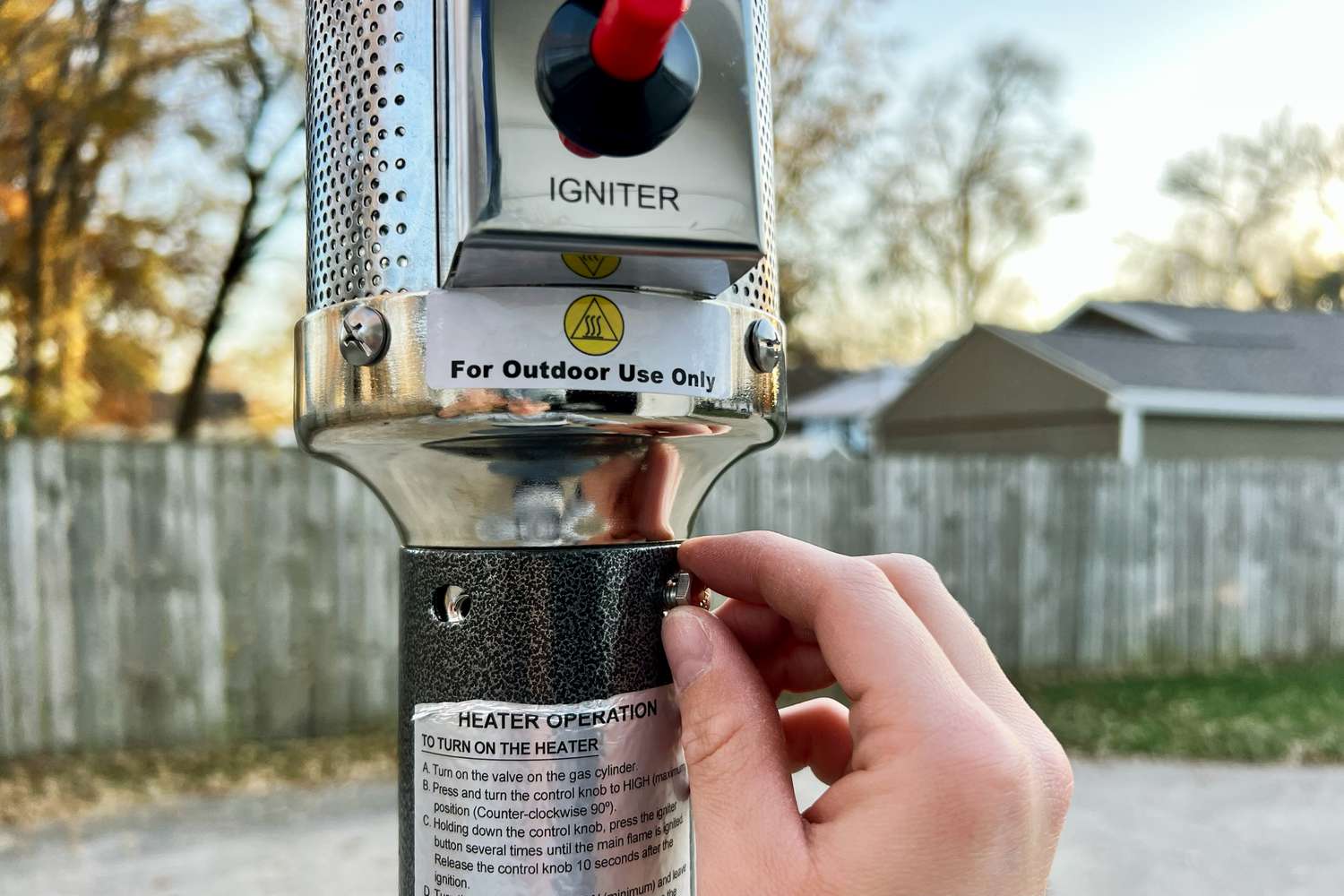
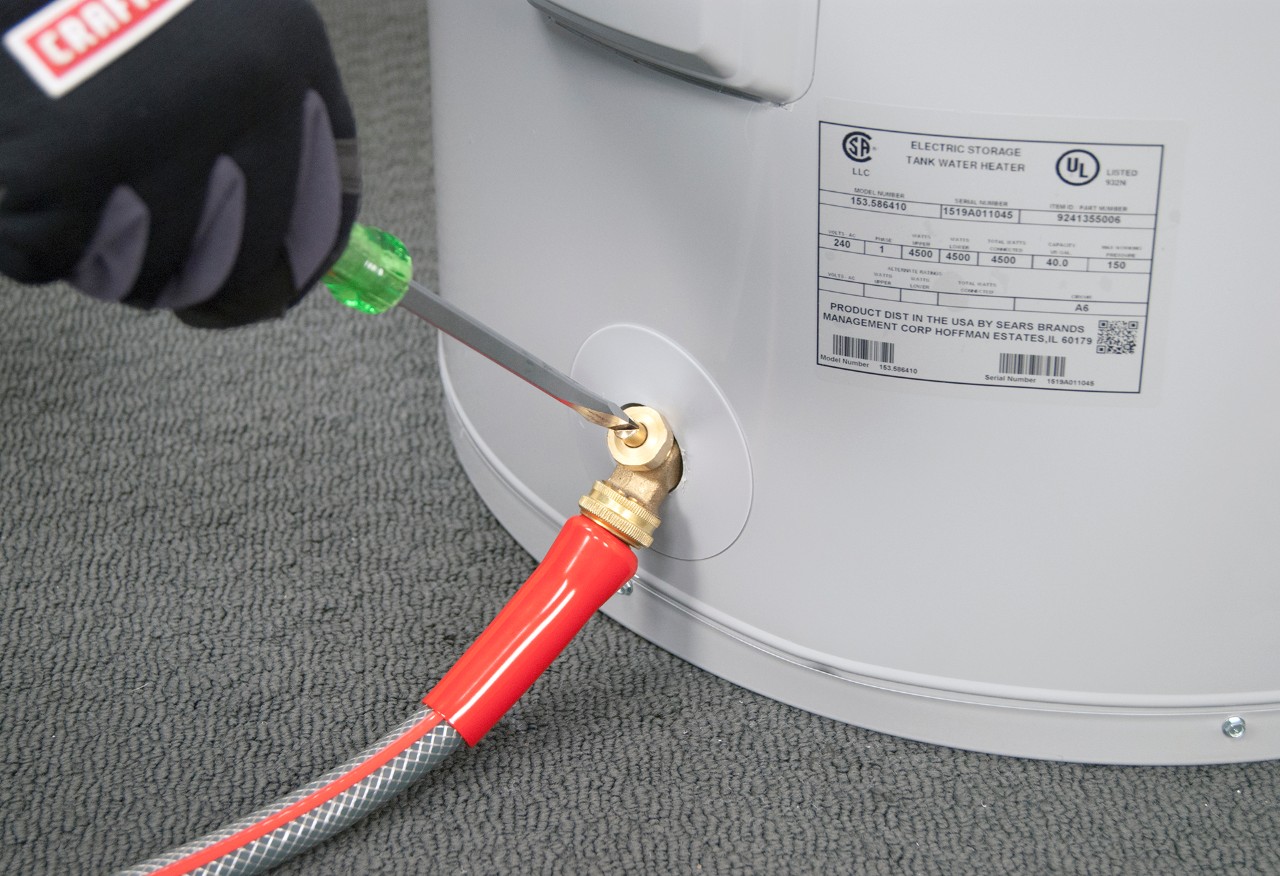

0 thoughts on “How Does An Electric Hot Water Heater Work”